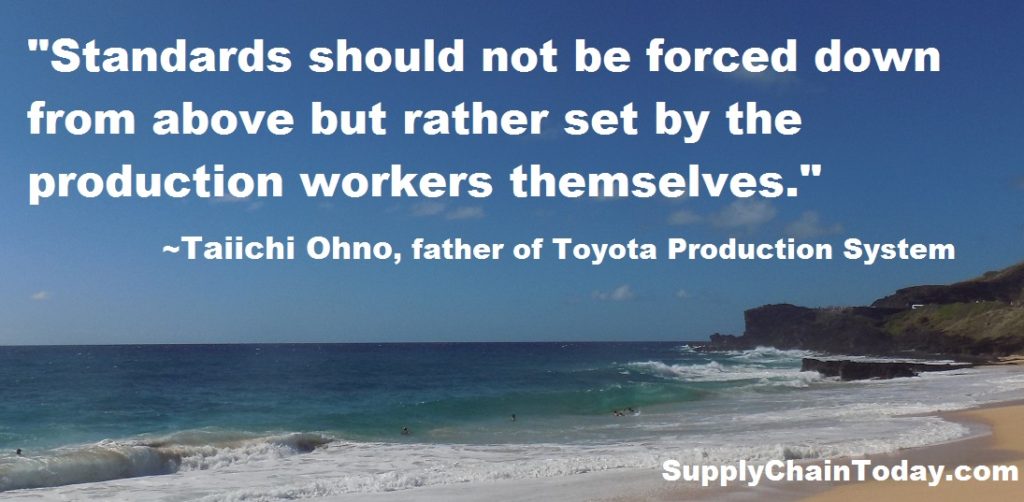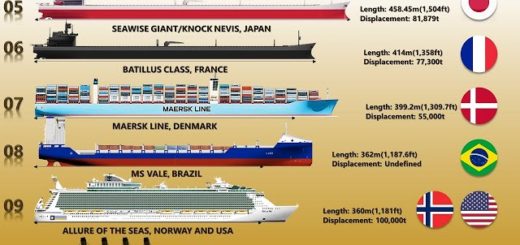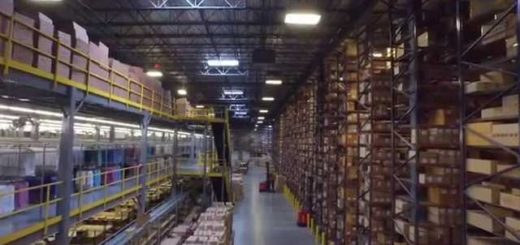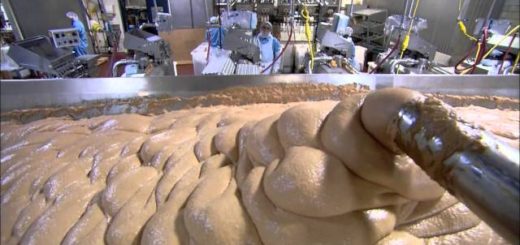Manufacturing process of soap bars. 1.2 million views
Manufacturing Process
The process of manufacturing soap typically involves the following steps:
- Saponification: The first step in making soap is the saponification process, which involves mixing fats or oils (such as lard, coconut oil, or olive oil) with an alkali (such as sodium hydroxide or potassium hydroxide). This chemical reaction creates soap and glycerin as byproducts.
- Mixing: The fats, oils, and alkali are mixed together in a large kettle or vat, and heated to a specific temperature. Depending on the recipe, other ingredients such as fragrances, essential oils, and colorants may be added at this stage.
- Milling: After saponification is completed, the mixture is poured into a large machine called a “soap mill,” where it is mixed and kneaded for several hours. This process helps to create a more consistent and smooth soap.
- Pouring and molding: The soap mixture is then poured into molds, where it is allowed to cool and harden. The molds can be any shape, but are typically rectangular or round.
- Cutting and stamping: After the soap has hardened, it is removed from the molds and cut into bars of the desired size. Some soaps are stamped with a brand name or logo at this stage.
- Drying and curing: The soap bars are then placed on racks and allowed to dry and cure for several weeks. This process helps to remove any excess water and ensure a long lasting bar of soap.
- Packaging and shipping: The final step is packaging the soap in boxes or wrappers and shipping it to retailers or customers.
The process of making soap can vary depending on the recipe, equipment, and method used. Some soap makers use a cold process method where heat is not used, others use a hot process method where the soap is cooked on low heat to speed up the saponification process, and others use a combination of cold and hot process methods.
More videos on how things are made:
- End To End Supply Chain Management Process
- How Coca-Cola is made.
- How hot dogs are made.
- How bacon is made.
- How frozen pizzas are made.
- How Legos are made.
- Putting together a Ferrari.
- Supply Chain and Strategy Key Concepts
- Supply Chain Training & Overview
- What is Manufacturing?
Manufacturing Quotes
- “If we reduce batch sizes by half, we also reduce by half the time it will take to process a batch. That means we reduce queue and wait by half as well. Reduce those by half, and we reduce by about half the total time parts spend in the plant. Reduce the time parts spend in the plant and our total lead time condenses. And with faster turn-around on orders, customers get their orders faster.” ~ Eliyahu Goldratt, author of The Goal
- “A relentless barrage of ‘why’s’ is the best way to prepare your mind to pierce the clouded veil of thinking caused by the status quo. Use it often.” ~ Shigeo Shingo
- “Why not make the work easier and more interesting so that people do not have to sweat? The Toyota style is not to create results by working hard. It is a system that says there is no limit to people’s creativity. People don’t go to Toyota to ‘work’ they go there to ‘think’” ~ Taiichi Ohno, father of the Toyota Production System











































